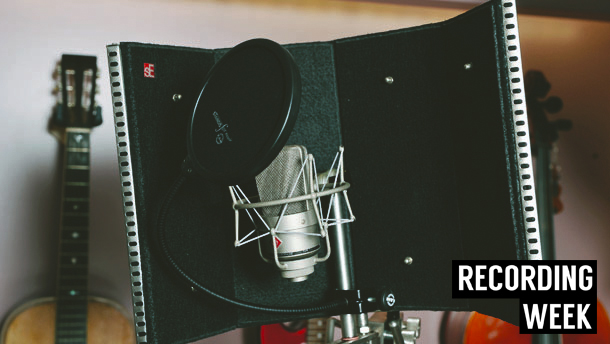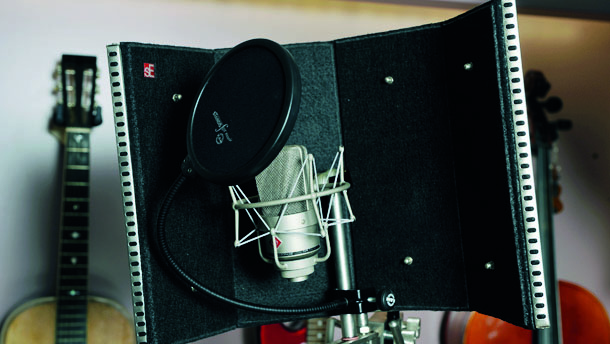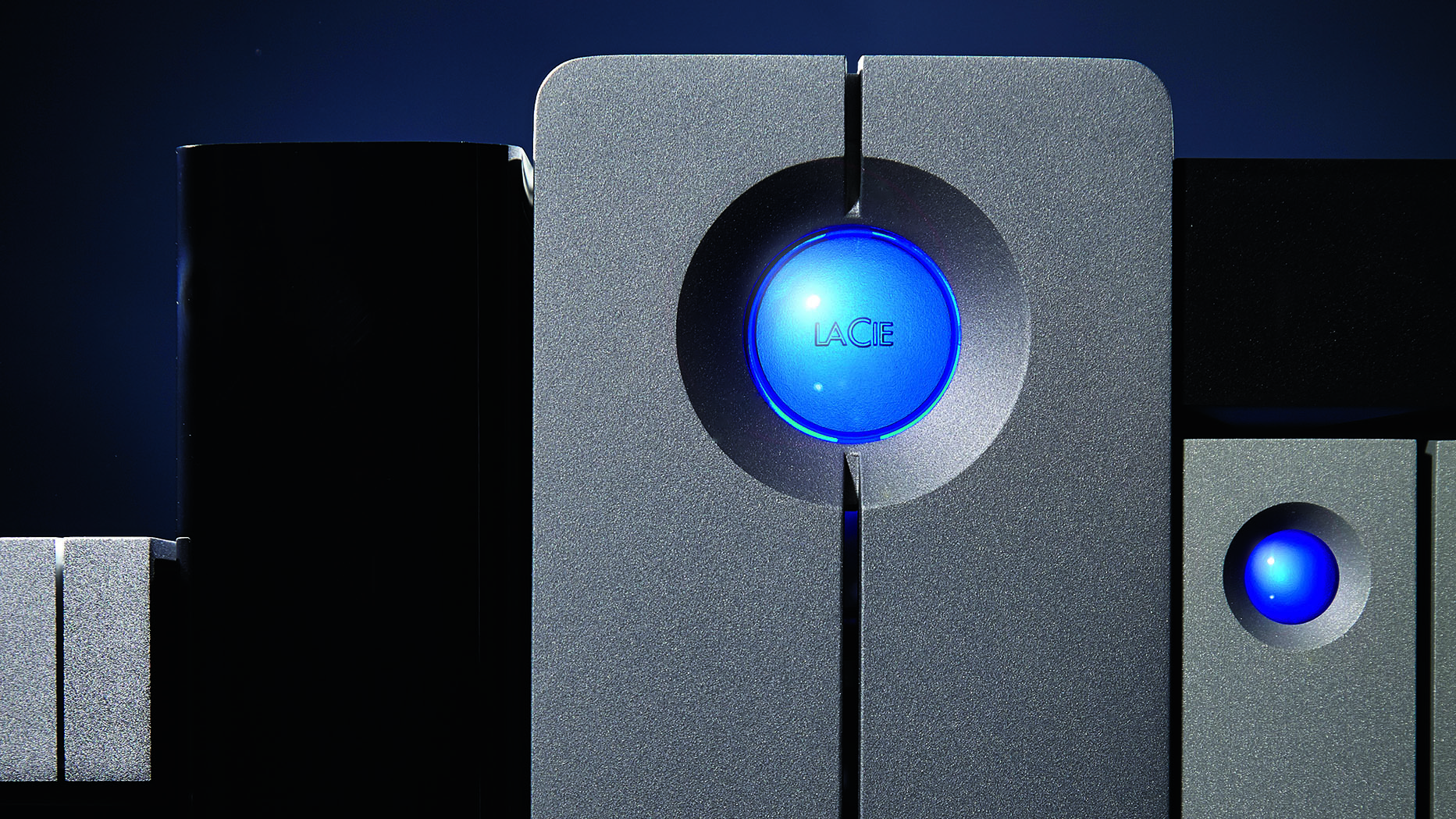12 tips for making better recordings
A dozen things to bear in mind

RECORDING WEEK: There are some common mistakes that lots of people make when they're recording, which can have an impact on the end result.
Fortunately, most of these mistakes are easily avoided: here are 12 things to remember when you're getting ready for a recording session.
• Recording Week is brought to you in association with Universal Audio
1. Don't let it bleed
Headphone bleed is the cue mix from the performer’s headphones being picked up by the mic. To avoid it, use a pair of headphones that are fully enclosed and set your monitoring level carefully, avoiding loud volume when recording quiet tracks.
2. Watch your tuning
Multitracking and overdubbing instruments separately means you’re unlikely to tune them together, so use your DAW’s tuner (or a hardware one) as a reference. It’s perfectly acceptable to check instrument tuning between takes. If in doubt, listen back with the musician or singer pinpointing problem areas, then fix them.
3. Encourage ‘performance’
Your DAW has plenty of options for tweaking and correcting timing and tuning, but it can’t create a performance. When recording, focus on getting a delivery that suits the music that you’re producing.

4. Use a pop shield
Close miking of singers often results in unpleasant pops caused by plosives. Placing
a pop shield between the singer and the mic, a few centimetres from the capsule, should reduce or completely remove this problem, saving you a lot of time fixing problems later on.
Want all the hottest music and gear news, reviews, deals, features and more, direct to your inbox? Sign up here.
5. Back up regularly
Unlike plugins and samples, you can’t just reinstall your prized recordings, and although complete hard drive failures are rare, when they do happen it can be soul destroying. Use an extra hard drive or cloud-based system to regularly back up your work.

6. Work on your headphone mix
Getting headphone mixes right can be difficult with studio monitors. Grab a pair of headphones yourself and listen as you adjust the mix – you might be surprised at how much even tiny changes influence things.
7. Bounce
It’s easy to overload your computer with multiple plugins, grinding your DAW to a halt when you then decide to do some overdubs. As a workaround, bounce a stereo mix of the track, using a fresh session to overdub, then simply drag or import the new recordings into your main session.
8. Be sure of what you’re monitoring
If you’re recording straight to your DAW and monitoring the signal direct from your audio interface before it reaches the computer, it’s always worth double checking that everything is working as it should be. Do a quick test record and playback before you start capturing proper takes.
9. Sound first, mic second
There’s little point trying to record something that doesn’t sound the way you want it to, and no amount of great mic technique is going to change that. Get the instruments sounding good in the room first, then perfect the mic choice and positioning.
10. Don’t record with effects
In most cases, you’ll be looking to add and – most importantly – adjust effects levels (reverb, delay, etc) when you mix your track, so unless you’re absolutely sure about the effects (and even then, why commit unnecessarily?), record your original sounds dry.
11. Beats first
Most tracks are built on rhythmic foundations, and you’ve got to start somewhere. So, if you’re building by overdubbing, get some beats or drums down first. This gives the other players something ‘real’ to play to, rather than just a click, which will very much help to shape the feel of the track.
12. Turn the noise down
If you record in the same room as your computer, hard drives and fans add to the general ambient noise. Record away from these noise sources, positioning a directional mic so that its rejection node points at the noise source.
Computer Music magazine is the world’s best selling publication dedicated solely to making great music with your Mac or PC computer. Each issue it brings its lucky readers the best in cutting-edge tutorials, need-to-know, expert software reviews and even all the tools you actually need to make great music today, courtesy of our legendary CM Plugin Suite.
